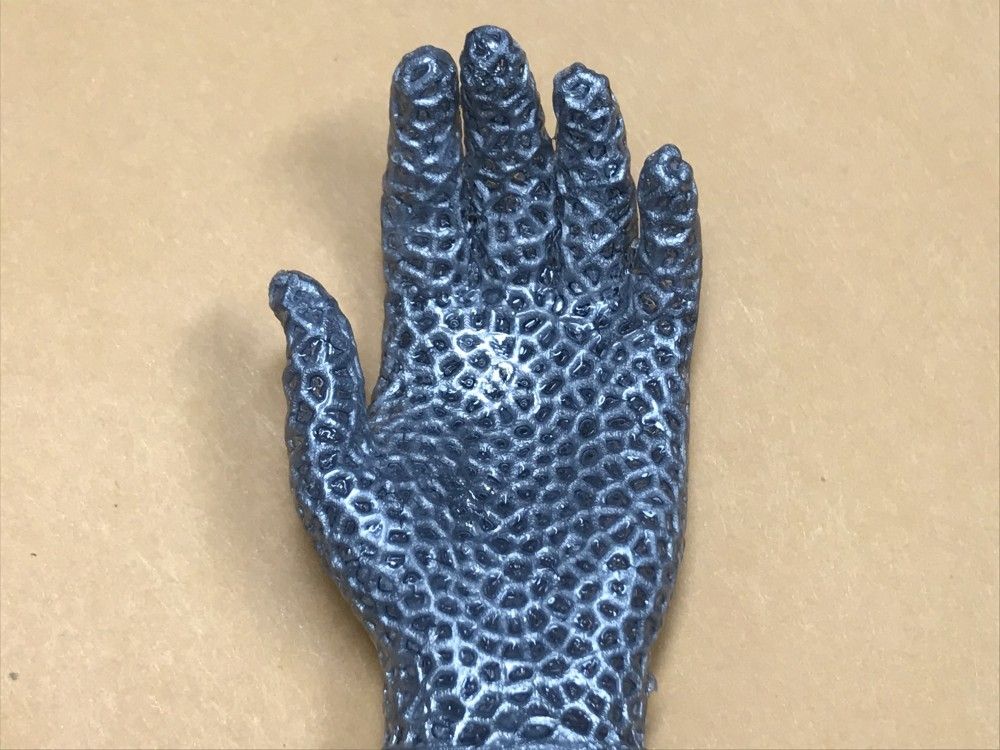
The 5G revolution has begun, and the first lines of phones that can access the next generation of wireless speeds have already hit the shelves. Researchers at The University of Texas at Austin and the University of Lille in France have built a new component that will more efficiently allow access to the highest 5G frequencies in a way that increases devices’ battery life and speeds up how quickly we can do things like stream high-definition media.
Smartphones are loaded with switches that perform a number of duties. One major task is jumping between networks and spectrum frequencies: 4G, Wi-Fi, LTE, Bluetooth, etc. The current radio-frequency (RF) switches that perform this task are always running, consuming precious processing power and battery life.
“The switch we have developed is more than 50 times more energy efficient compared to what is used today,” said Deji Akinwande, a professor in the Cockrell School of Engineering’s Department of Electrical and Computer Engineering who led the research. “It can transmit an HDTV stream at a 100 gigahertz frequency, and that is unheard of in broadband switch technology.”


















